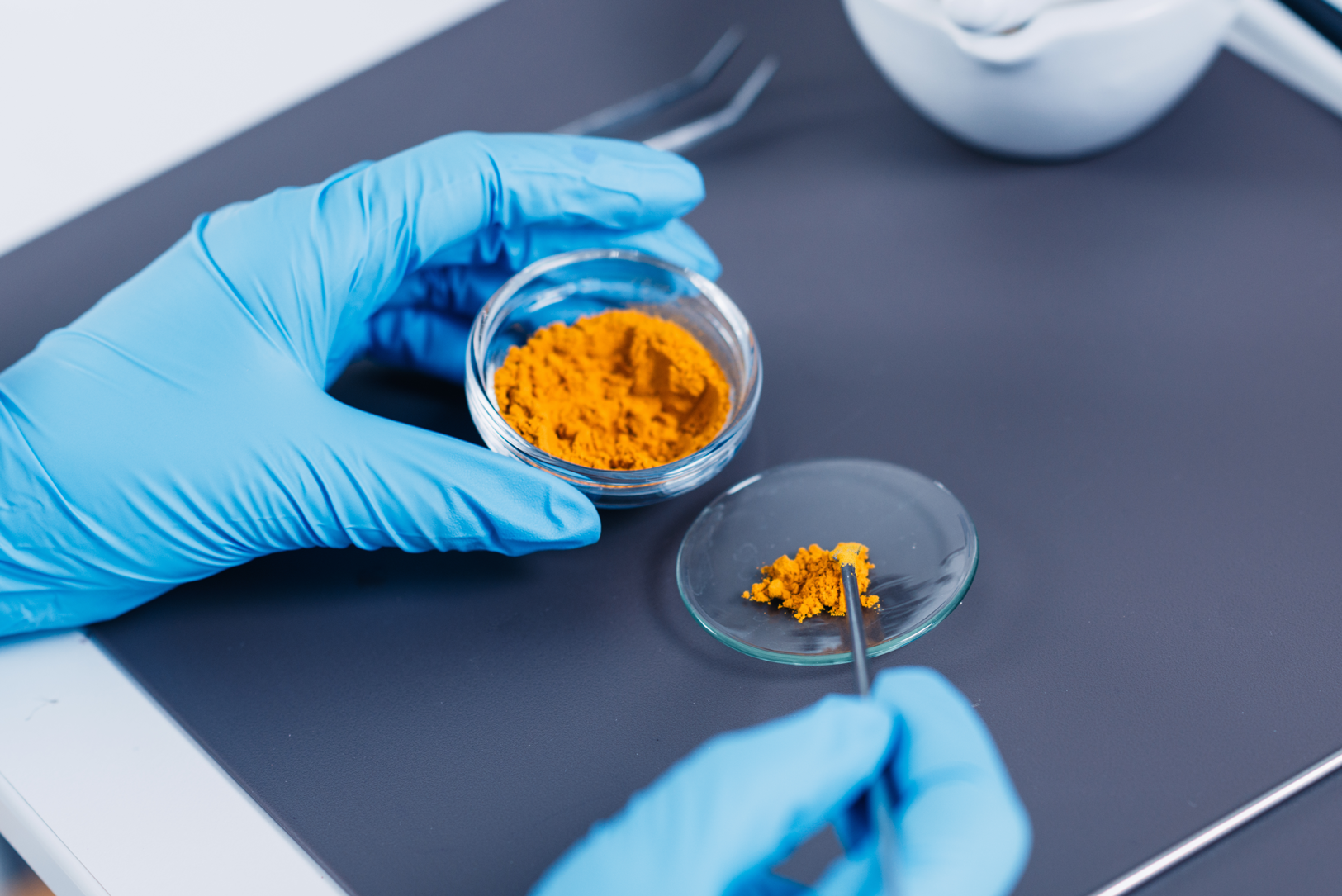Nut & Spices Lab Testing
Certified Laboratories, A Certified Group Company, offers a broad range of matrices for spices, seasonings, and nuts (almonds, pistachios, macadamias, walnuts, and more). We use methods validated by the American Spice Trade Association (ASTA) and perform nut, seasoning, and spice analysis in ISO 17025 accredited and USDA approved labs. With more former FDA personnel than any other laboratory testing company, we provide experience with FDA imports and Detention Without Physical Examination to help get your shipment released quickly. In addition, we strive to start all microbiological samples on the day of receipt, ensuring industry-leading turnaround time.
All Your Spice Analysis Performed in One Laboratory
We offer several test matrices and a broad portfolio of assays for spice analysis. This allows you to perform all your testing at one laboratory for maximum convenience. Our seasoning and spice analysis capabilities include the following:

Microbiology Analysis for Spices and Seasonings
Operating a microbiological testing department since our founding in 1926 has allowed us to develop deep expertise with respect to pathogens and microorganisms that can negatively affect the spice and seasoning industry. Our spice analysis capabilities include the following:
- Salmonella
- Listeria
- E. coli O157:H7
- Staphylococcus & its Enterotoxin
- Environmental Monitoring
- Shelf-Life Studies
- Challenge Studies
- Process Validation
- Real-Time PCR
- Phage Technology
- Genetic Strain Typing
We use state-of-the-art equipment and current methods as promulgated by the AOAC, BAM, Compendium of Methods, and others as appropriate. In addition, we strive to start all microbiological samples on the day of receipt, ensuring industry-leading turnaround time.
Light Filth/Microscopic Analysis
With the increased importation of ground spices and the need to evaluate other commodities for filth, we use micro-analytical techniques. By using separation techniques and skilled element identification, a great deal can be discovered about the conditions under which your products were held and produced, providing you with the accurate, consistent data you need to make good business decisions.
Sanitation/Macroscopic Analysis
Extraneous matter (“filth”) in spices can be described as the extraneous matter left behind by product contaminants. It includes whole insects, excreta, rodent hairs, and feather barbules.
Certified Laboratories stays current with changing FDA methodology and Defect Action Levels (DALs), enabling us to tell you quickly and accurately whether your shipment will pass the rigid FDA and ASTA spice standards established for “filth”.
The American Spice Trade Association (ASTA) sanitation program also includes testing of oregano for sumac and other adulterants. We are proud to have been part of the working group that established and validated the current method for ASTA.
Chemistry Analysis for Spices and Seasonings
- 2-chloroethanol (ECH)
- Acid and Acid-Insoluble Ash
- Bixin
- Cinnamic Aldehyde
- Circumin
- Color (ASTA)
- Complete Compositional & Nutritional Analyses (NLEA)
- Crude Fiber
- Ethylene Oxide (ETO)
- Heat by HPLC
- Heavy Metals
- Moisture
- Pesticide Screening
- Piperine
- Propylene Oxide
- Sieve Analysis
- Steam Volatile Oil (SVO)
- Styrene
- Sudan Dyes
Associations & Accreditations

McCormick-approved laboratory for chemistry, microbiology, micro/macro sanitation

USDA approved laboratory for analysis of aflatoxins in almonds (PEC) and pistachios (PEAR)

A2LA accredited laboratories

American Spice Trade Association member

Peanut and Tree Nut Processors Association member
Microbiology and Chemistry Analysis for Nuts

Certified Laboratories offers a comprehensive range of analytical testing for almonds, pistachios, walnuts, macadamias, and other nuts to meet your food microbiology and chemistry requirements and help keep your customers safe. We were the first laboratory in California’s central valley to be accredited by the USDA under the Voluntary Aflatoxin Sampling Plan (now Pre-Export Checks [PEC]) to test shelled almonds for aflatoxins using High-Performance Liquid Chromatography.
Microbiology Analyses for Nuts
- Aflatoxin (24-Hour TAT for Almonds)
- E.coli O157:H7
- Listeria
- Salmonella
- Coliforms
- Challenge Studies
- Process Validation
(Almond Board of California approved process authorities) - Shelf-Life Studies
- Genetic Strain Typing
- Phage Technology
- Quality Indicators
- Rancidity
- Real-Time PCR
- Total Plate Count
- Yeast & Mold
Chemical Analyses for Nuts
- Complete Compositional & Nutritional Analyses (NLEA)
- Residues
- Pesticide Screens
- Antibiotics
- Heavy Metals
Looking for Tailored, Responsive Service?
Our service extends beyond routine microbiology and chemistry analysis. Partnering with Certified Laboratories, A Certified Group Company, means you receive responsive service from expert personnel so you can get the information you need to run your business safely and effectively.
-
- Flexible sample pickup schedule for your convenience.
- Multiple matrices so we can run any test you need, providing a one-stop lab to handle all your tests. This reduces paperwork and hassle for your QC Department.
- Experts who can help find answers if you receive a positive result.
- Access to technical support when you need it.
- Almond Board of California approved process authorities who can provide on-site validations.
Why Partner With Certified Laboratories (A Certified Group Company)?

Industry leading turnaround time (24 hours for aflatoxin testing in almonds & some pathogen tests)
24/7 online access to your CoA
ISO/IEC 17025 accredited & USDA certified labs
More than 30 labs to serve you
Regulatory consulting to ensure compliance
Robust Quality Control Program ensures accurate, high-quality results
Get a Quote for Nut or Spice Analysis
If you need microbiology or chemistry analysis for nuts, seasonings, or spices; or you have questions about process validation, regulatory consulting, or more, we can help. Complete the form to start your testing program with Certified Laboratories now.
